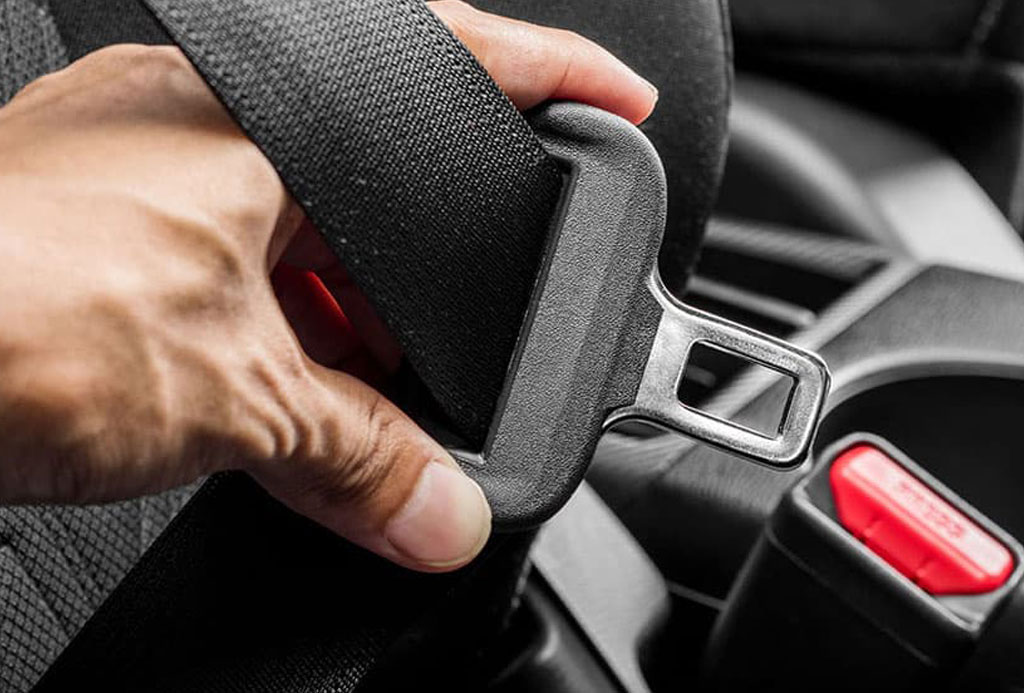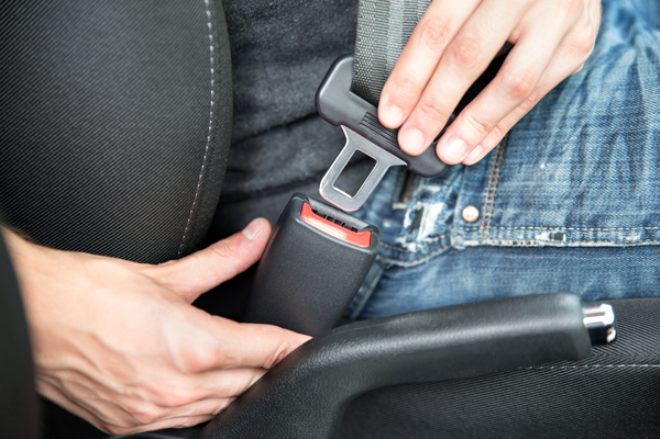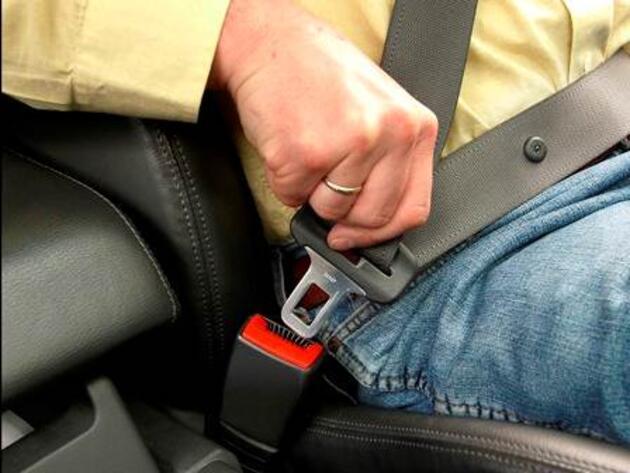What is a Seat Belt?
History Of Seat Belt
Why is the Seat Belt important?
Seat Belt Working Principle
What is Three-Point Belt?
Seat Belt is the most important priority that we use and should use every time we get into the cars we spend a long time in our lives. We can adjust it according to our body and attach it to the belt buckle without feeling any resistance. But when we pull it with a sudden movement, the belt will lock and prevent it from moving.
History of Seat Belt
Many invention attempts have been made to increase people’s chances of surviving automobile accidents. In 1903, Gustave Liebau patented a protective belt that can be used in airplanes and automobiles and designed the first one known in history. It was a 2-point seat belt with a waist-only belt.
Volvo company in 1963 designed the modern seat belts. These belts are known as 3-point belts and have a better grip.
As we all know, if we pull the seat belts quickly, it does not come off and stays on. This is the reason why the belt grips the person tightly while the person is thrown in place due to the G force formed in these moments of accident. In 1988, Toyota produced the automatic compression system. This system tightened the belt in the event of an accident and loosened the belt after a while.
Thus, both comfortable and safe seat belts that we use today showed their development.
Why is the Seat Belt Important?
Three-point seat belts reduce the risk of serious injury to those traveling in cars by 45%, and in pickup trucks by 60%.
While 24.8% of those who use seat belts in fatal accidents survived the accident without any damage, this rate is 6.3% in those who do not use seat belts.
Advanced studies have found that the use of seat belts in the back seat prevents 66% of rear seat deaths and injuries and 6% of front seat deaths. In all serious injuries, rear seat belts reduce the severity of the injury by 50%.
Rear seat passengers who are not wearing seat belts are most susceptible to head, face and neck injuries. The biggest cause of injury to rear seat passengers is ejection.
Seat Belt Working Principle
All of the frequently used modern 3-point belts are mechanical, that is, an analog system. In addition to belt buckles, the only digital system is, these are the sensors that establish the connection between the trip computer and the belt, that is, control the fastening of the belts while the vehicle is in motion and warn the passengers. The only thing that causes the belt to lock in sudden movements is a passive weight-lock inside the belt mechanism.
The positive aspects of seat belts is in almost all types of accidents. However, its benefits in crash/collision accidents, where death and serious injury occur most, are even more remarkable.
However, a correctly fitted seat belt can help the human body: by reducing the jolting of the body due to the impact of the impact and also by directing the impact intensity to the strongest points in the body structure. It protects the head and spinal cord by preventing them from hitting any part.
What is Three-Point Belt?
The most commonly used seat belt is the 3-point belt system. This belt is 3-point, as it is at three separate points in order to secure the passengers in the event of an accident and collision. In addition, it is at the front and rear seats of the vehicle as the front seat belt and the rear seat belt.
Studies show that the effectiveness of the seat belt is finite after 80 km/h. Again, studies say that the use of seat belts is more protective, especially at low speeds and low crash speeds, that is, in urban areas.













